Goldman Sachs and Morgan Stanley Disagree on When and How Much the Fed Will Cut Rates

Morgan Stanley's economists believe that the Fed will cut rates aggressively as inflation cools, while Goldman Sachs' analysts believe that the Fed will cut rates more gradually.
In June 2024, the central bank is set to initiate rate cuts, followed by additional reductions in September and at every subsequent meeting starting from the fourth quarter. According to Morgan Stanley researchers, led by Chief US Economist Ellen Zentner, each cut will be in 25-basis point increments. They anticipate that this series of adjustments will bring the policy rate down to 2.375% by the conclusion of 2025, as outlined in their 2024 outlook on Sunday.
Goldman Sachs economists expect the Fed to cut interest rates for the first time in the fourth quarter of 2024, followed by one cut per quarter through mid-2026. This would bring the policy rate down to a range of 3.5% to 3.75% by mid-2026, according to economist David Mericle.
Goldman Sachs's forecast for Fed rate cuts is more similar to the Fed's own forecast. The Fed expects to cut rates twice next year, bringing the policy rate to 3.9% by the end of 2025. Fed officials will update their forecasts at next month's meeting.
Morgan Stanley economists expect the economy to be weaker than the Fed does, and they believe that the Fed will need to cut interest rates more aggressively to avoid a recession. They forecast that unemployment will peak at 4.3% in 2025, higher than the Fed's 4.1% estimate. They also expect growth and inflation to be slower than the Fed anticipates.
Here are some of Morgan Stanley and Goldman Sachs' 2025 forecasts, compared with the median of Fed officials' projections made in September:
"The prolonged existence of high interest rates exerts a lasting negative impact, surpassing the fiscal stimulus and consistently pulling growth below its potential from the third quarter of 2024," stated Zentner's team in their report. "While we continue to anticipate a soft landing by the Fed, the diminishing growth trajectory will perpetuate concerns about a possible recession.” Morgan Stanley economists believe that high interest rates for an extended period of time will slow economic growth below its potential, even if they avoid causing a recession.
Morgan Stanley economists believe that the US economy will avoid a downturn even as hiring slows, but this will weigh on disposable income and spending.
Morgan Stanley economists expect the Fed to start winding down its quantitative tightening (QT) program next September and end it in early 2025. They forecast that the Fed will reduce the monthly caps on Treasury runoff by $10 billion and continue to reinvest mortgage proceeds into Treasuries.
Goldman Sachs economists believe that the Fed will keep interest rates relatively high because they expect the equilibrium interest rate to be higher. They argue that the economic headwinds that followed the financial crisis have passed, and that larger budget deficits will likely continue to boost demand.
Goldman Sachs economist David Mericle wrote that his forecast is a compromise between two opposing views: the view that the Fed should not keep interest rates high once inflation is under control, and the view that the Fed should not stimulate an economy that is already strong.
Categories
Recent Posts
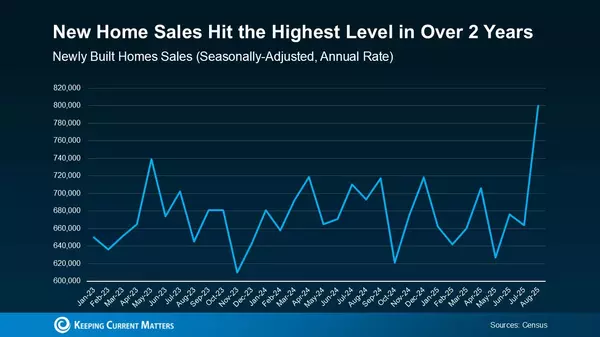
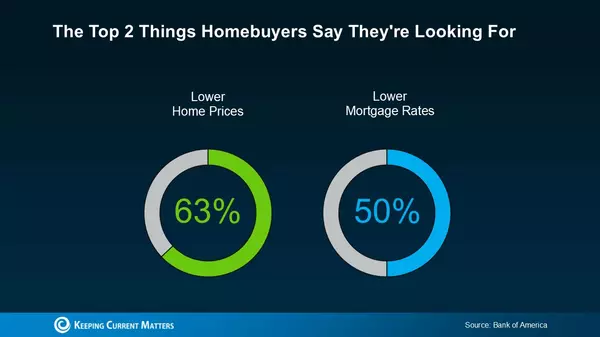
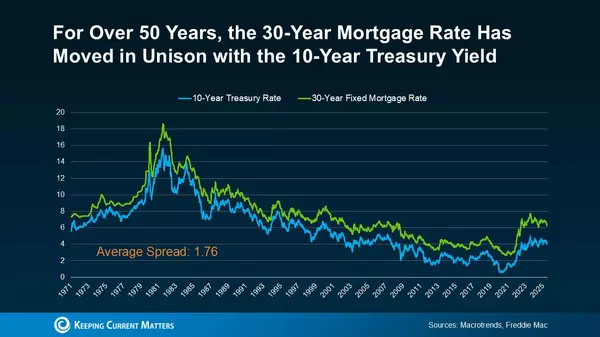
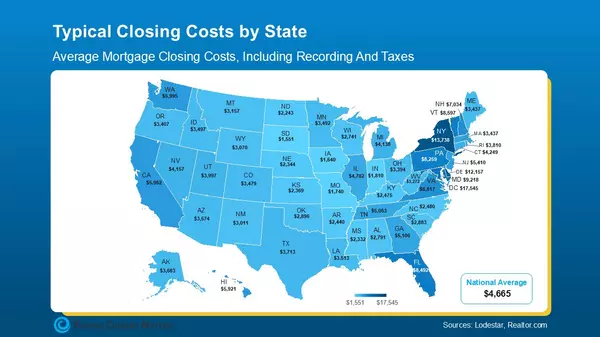


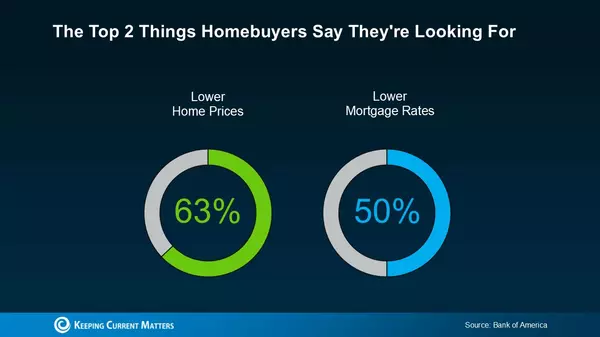


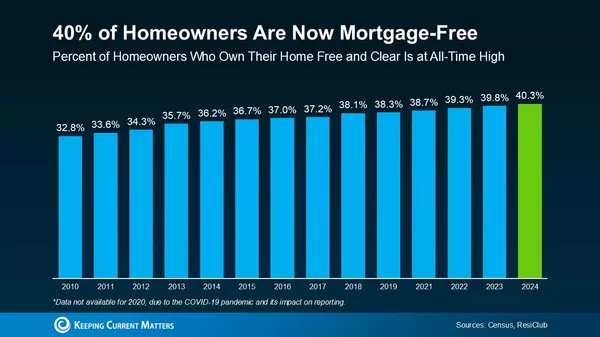
GET MORE INFORMATION


